Why is it so difficult to talk about one’s strengths? And why is it that sixth and ninth graders appear to be on separate planets when doing so?
When Kaisa Vuorinen and her partners prepared exercises for students, where they had to talk about their strengths, sixth graders prepared joyful video presentations of themselves and approached everything with enthusiasm. For ninth graders, however, speaking well of themselves proved to be very difficult.
“It takes a lot of courage to tell others about one’s positive traits. In contrast, when something clicks inside a ninth grader, it really clicks,” says Vuorinen.
Primary school students, junior high school students and adults all often need to build confidence and a sense of security to describe themselves in a positive light. Vuorinen and her team believe that children and young people need a clear operational model or service that helps them build self-awareness, trust in their capabilities and recognise expertise. “A report card does not identify all of the expertise that young people have,” according to Vuorinen.
The Positive CV provides everyday tools for giving positive feedback.
Now Vuorinen and her team are developing the Positive CV, which will eventually be based on a digital platform. The intention is that students, teachers and parents will have a single place to save positive data about the student and talk about their positive observations. The parents supporting the student, and the student, will be able to access the learning materials and tools for developing self-awareness from the same location.
Vuorinen has just returned from a four-week trial period at a school. The team has been constructing the Positive CV model with students using traditional tools, such as photos, writing, drawing and capturing videos. One example of a paper prototype was a large poster of the student, made by the student – a Positive CV that allows anyone to learn more about the student.
The foundation of the concept is based on educational philosophy where well-being is supported by identifying capabilities and strengths in children and young people. “We want to create a culture in Finland of ‘positive noticing’,” Vuorinen says.
The idea is that a Positive CV accompanies a student for a long time. It will allow the student to identify and record successes along the way, but can also increase self-esteem after the inevitable failures.
Positive feedback and recognising strengths are important elements in the new educational curriculum, but, according to Kaisa Vuorinen, there is no product in Finland that is easily scalable, considers everyone’s needs and is available to anyone.
The Positive CV provides everyday tools for giving positive feedback. Kaisa Vuorinen explains that students have been motivated by the use of mobile phones, for example. They were inspired in their everyday lives to complete dozens of small tasks, such as photos and messages that they used to complete the tasks assigned by Vuorinen. “This also allows small moments of positive feedback to be introduced discreetly into their days,” she says.
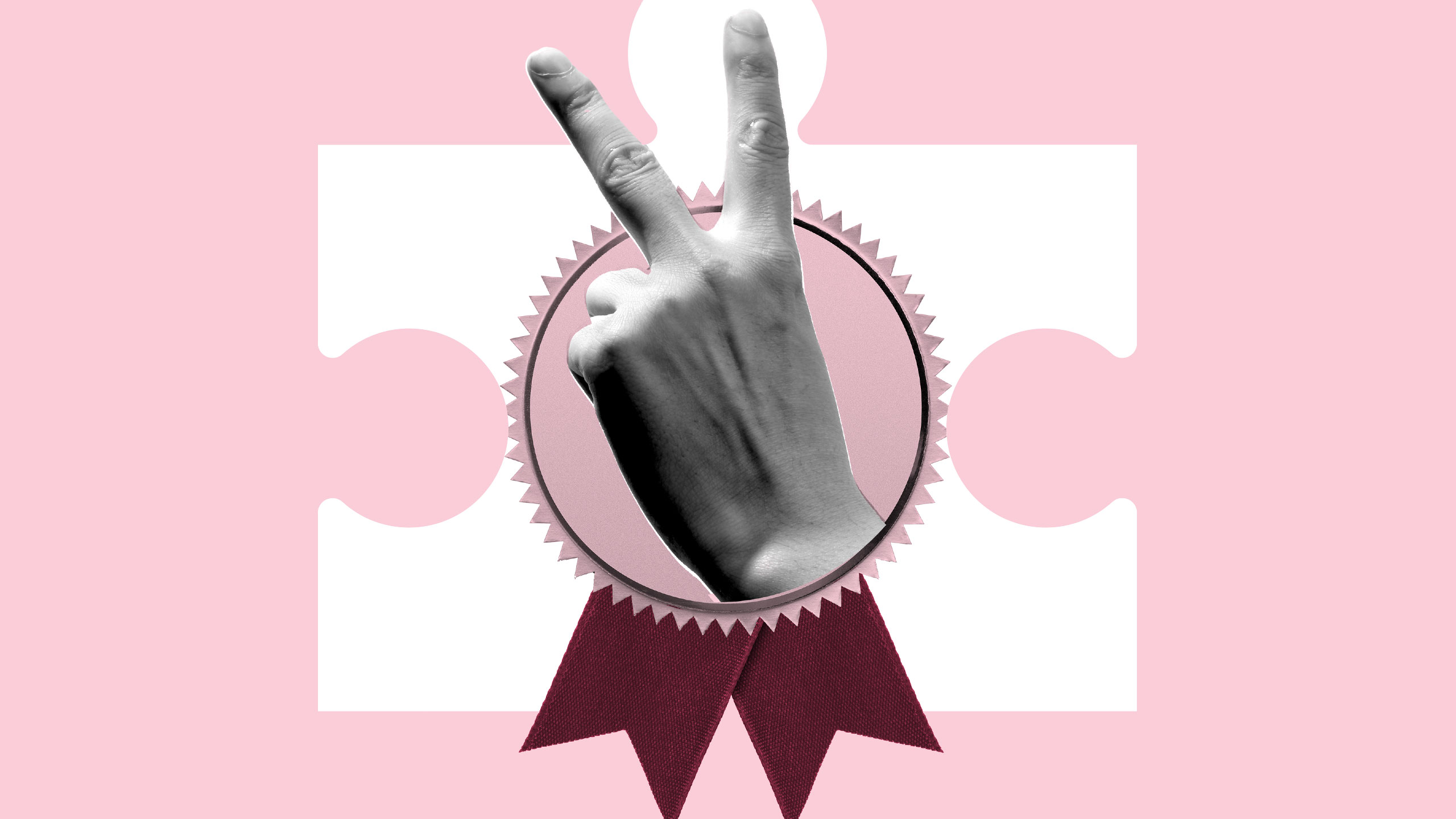


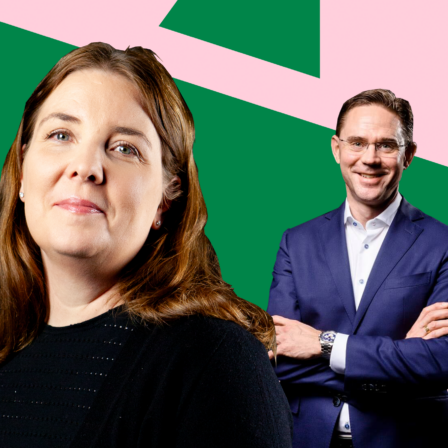
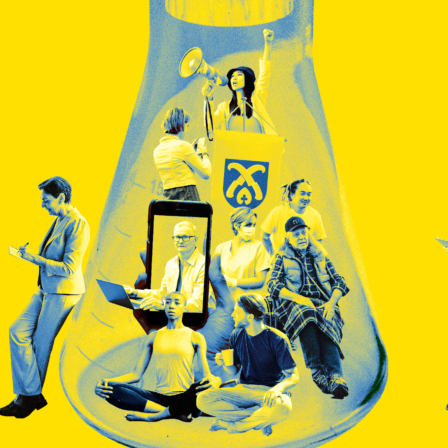
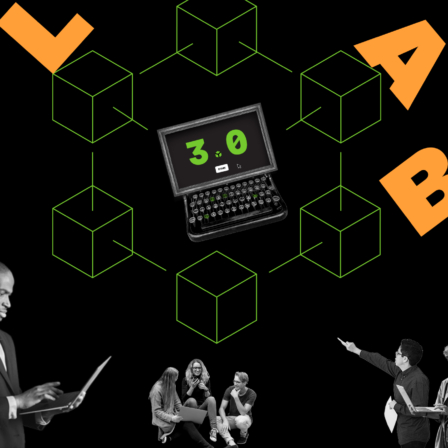
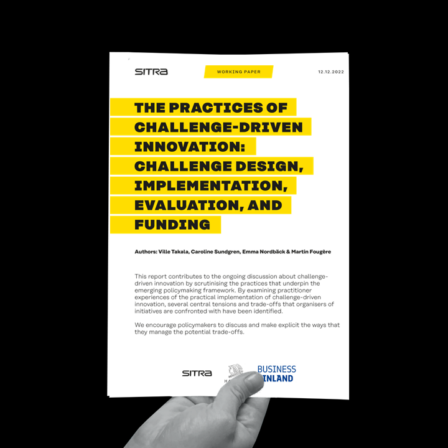
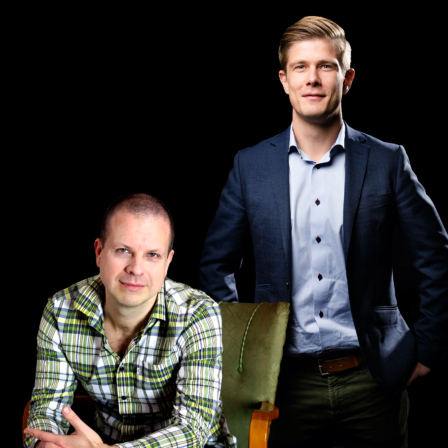
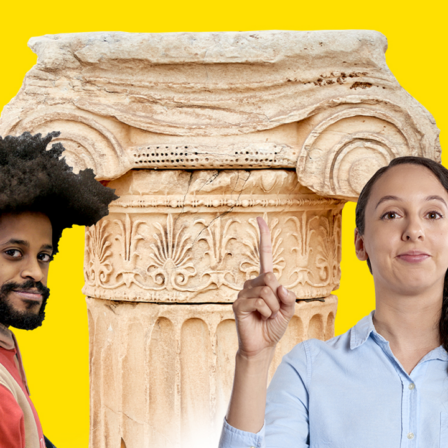
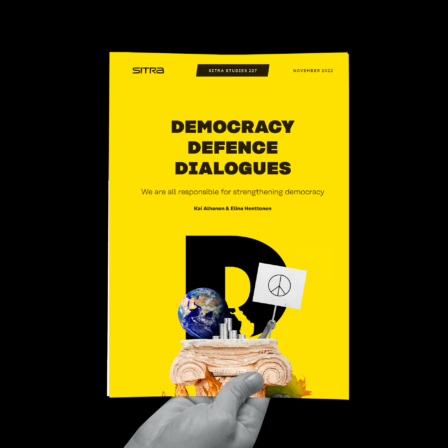


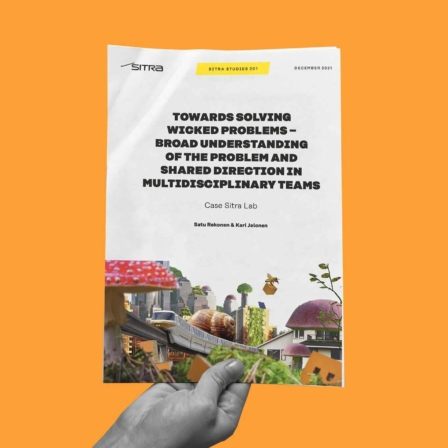
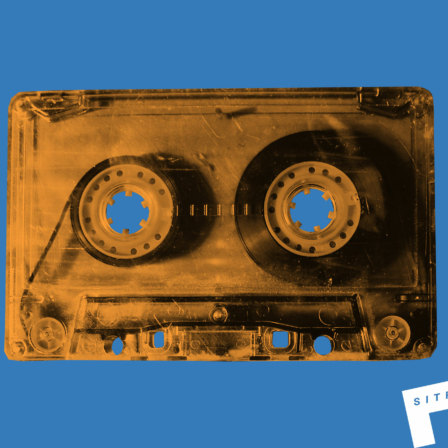

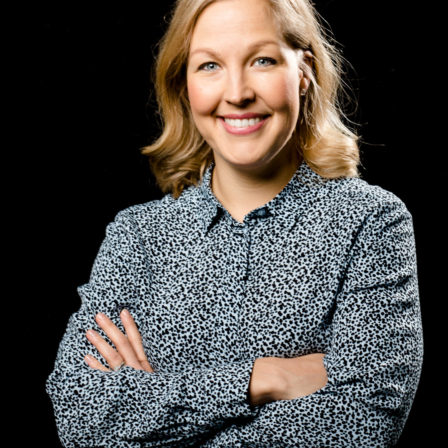
Recommended
Have some more.